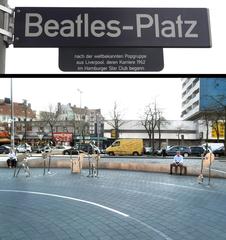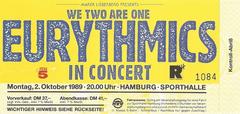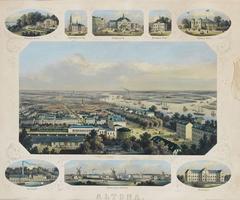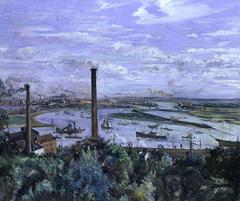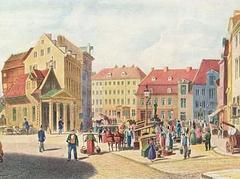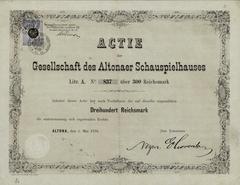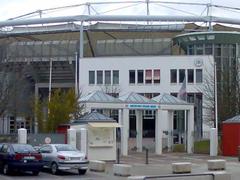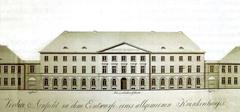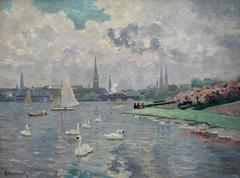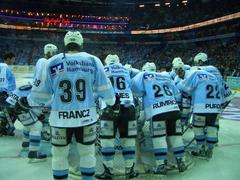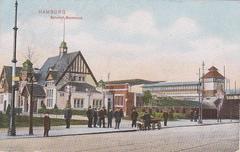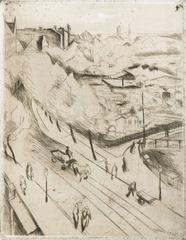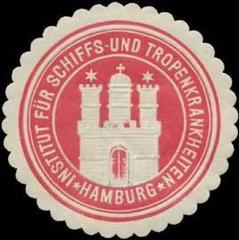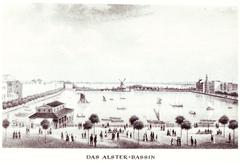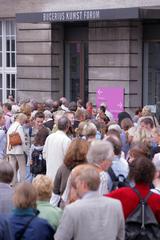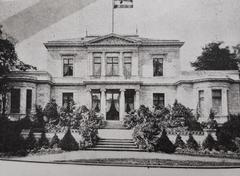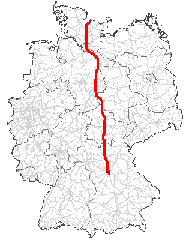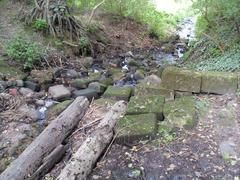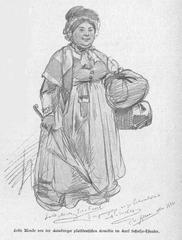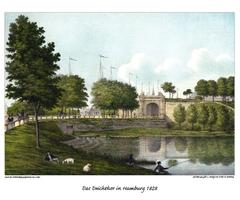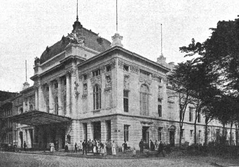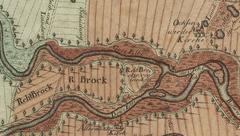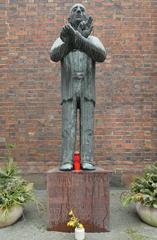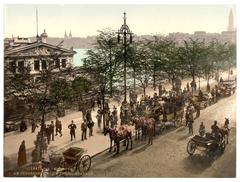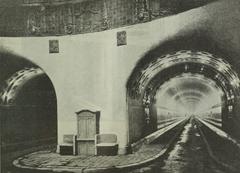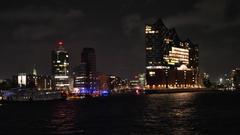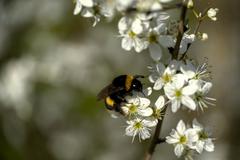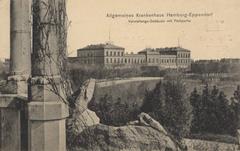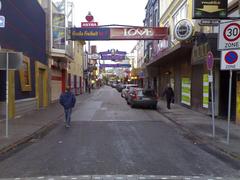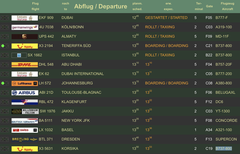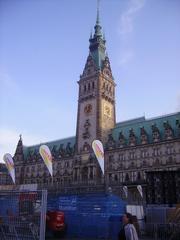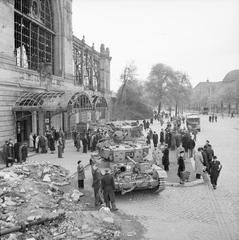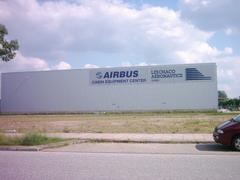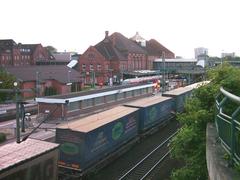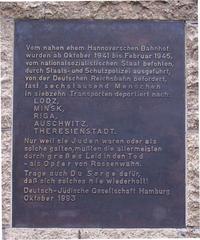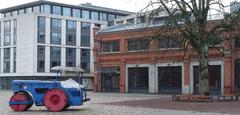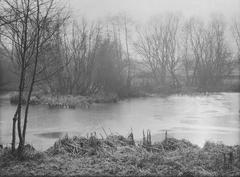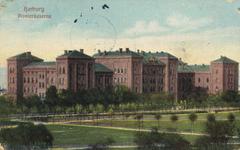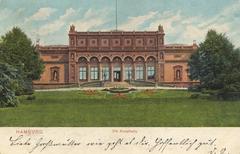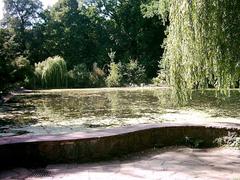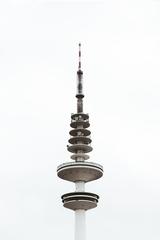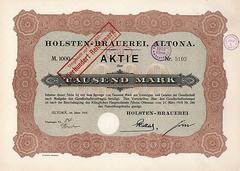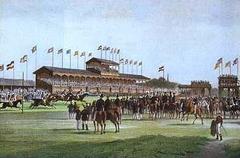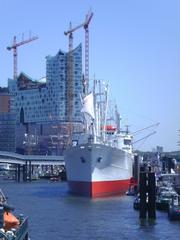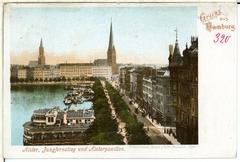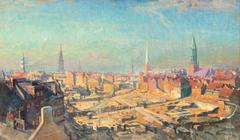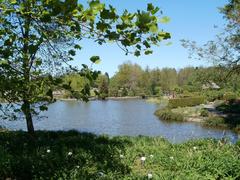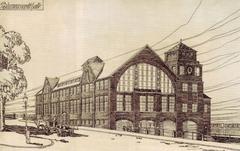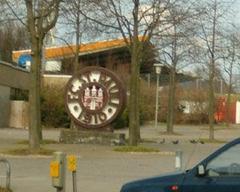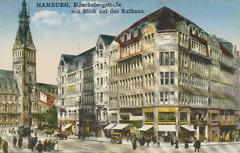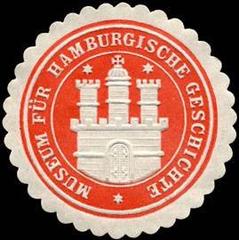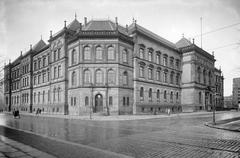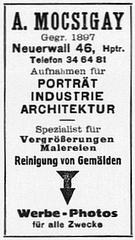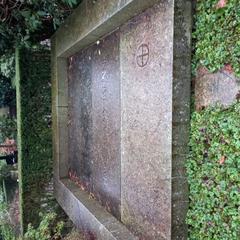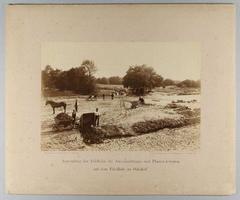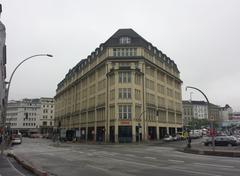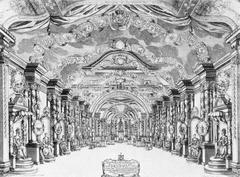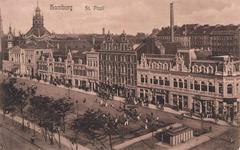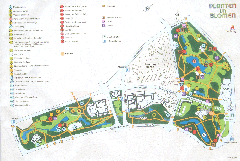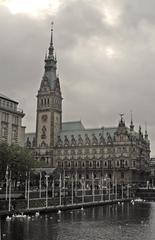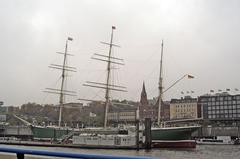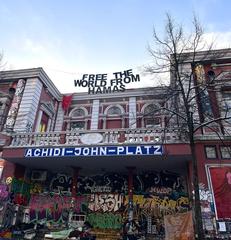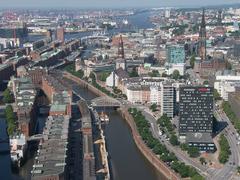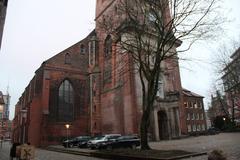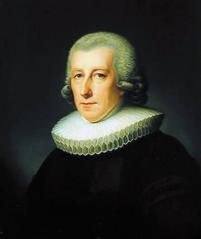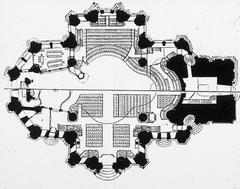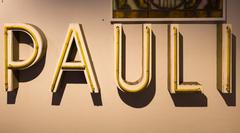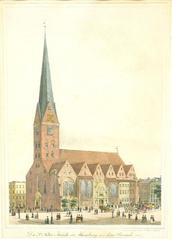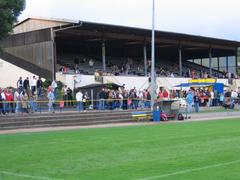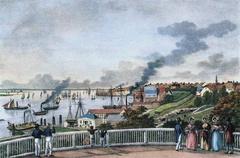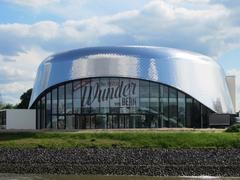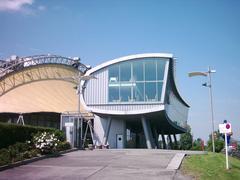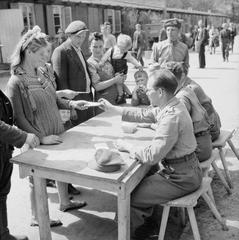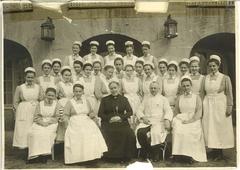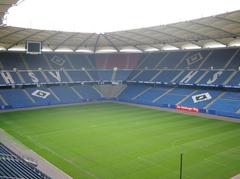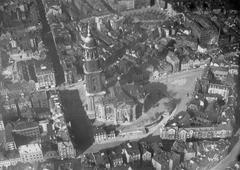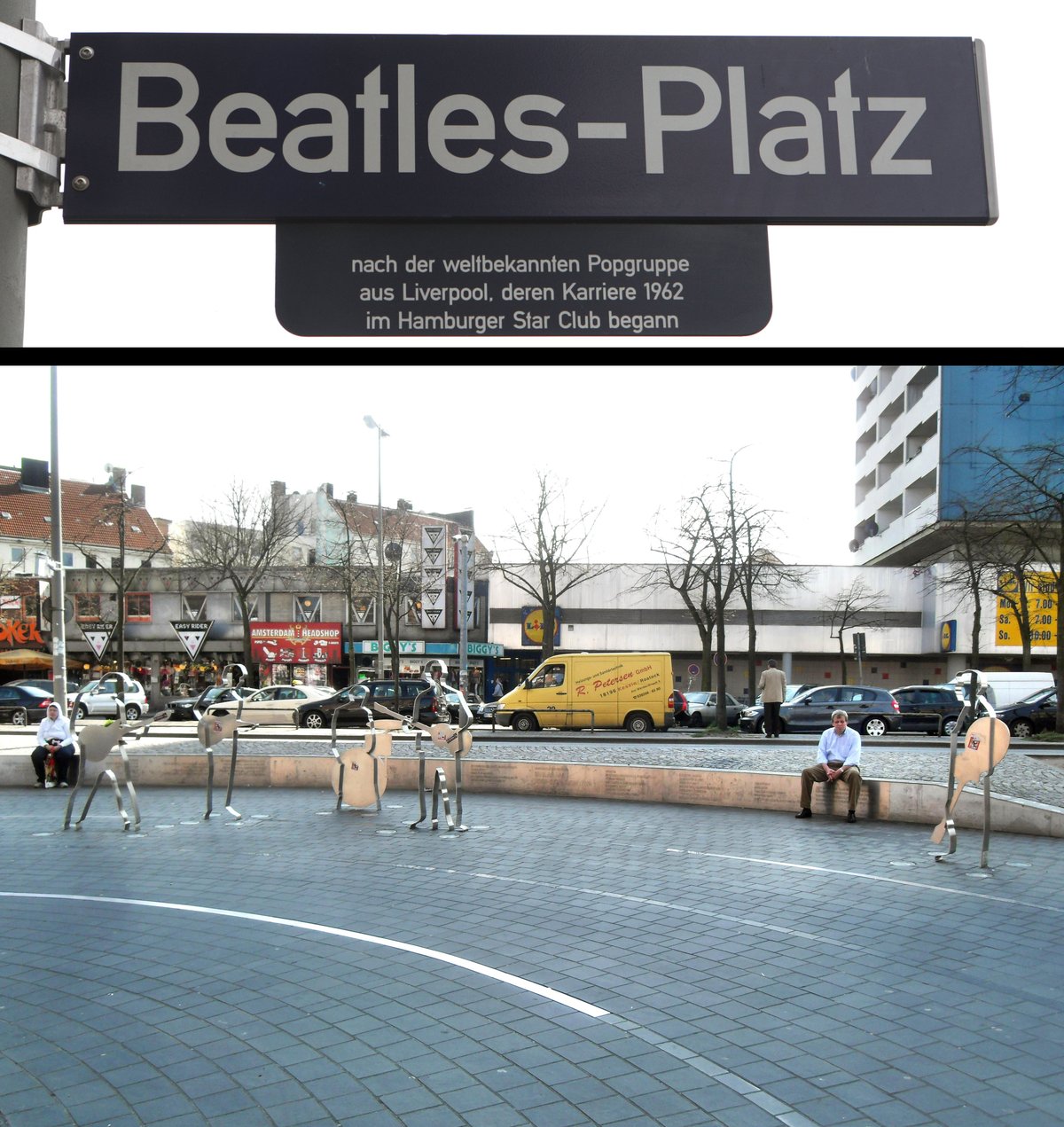
Comprehensive Guide to Visiting Reeperbahn, Hamburg, Germany
Date: 18/07/2024
Introduction
The Reeperbahn, often referred to as the ‘most sinful mile,’ is a vibrant and historic street located in the St. Pauli district of Hamburg, Germany. This iconic area has evolved from its origins as a ropewalk in the 17th century to one of Europe’s most famous entertainment districts, known for its eclectic mix of nightlife, cultural attractions, and historical landmarks (source). From the industrial boom of the 19th century to the cultural revolution of the 1960s, particularly marked by the presence of The Beatles, the Reeperbahn has been a focal point of Hamburg’s social and cultural life (source). Today, it stands as a dynamic blend of tradition and innovation, attracting millions of visitors each year who come to experience its unique atmosphere and rich heritage. Whether you are a history enthusiast, a nightlife aficionado, or simply a curious traveler, the Reeperbahn offers an unforgettable experience.
Table of Contents
- Introduction
- History of Reeperbahn, Hamburg, Germany
- Origins and Early Development
- 19th Century - Industrialization and Urbanization
- Early 20th Century - The Golden Era
- World War II and Post-War Reconstruction
- The 1960s - The Beatles and Cultural Revolution
- Late 20th Century - Challenges and Revitalization
- Modern Day - A Blend of Tradition and Innovation
- Notable Historical Landmarks
- Cultural Significance
- Visitor Tips
- Practical Visitor Information
- Special Events and Photographic Spots
- FAQ
- Conclusion
History of Reeperbahn, Hamburg, Germany
Origins and Early Development
The Reeperbahn, located in the St. Pauli district of Hamburg, Germany, has a rich and varied history that dates back to the 17th century. The name “Reeperbahn” is derived from the old German word “Reep,” meaning rope, and “Bahn,” meaning track. This area was originally a ropewalk where ropes for ships were manufactured, a crucial industry for Hamburg’s bustling port. The long, straight streets provided the necessary space for laying out and twisting the ropes.
19th Century - Industrialization and Urbanization
By the 19th century, the Reeperbahn began to transform due to the rapid industrialization and urbanization of Hamburg. The area saw an influx of workers and sailors, leading to the establishment of numerous entertainment venues, including bars, dance halls, and theaters. This period marked the beginning of the Reeperbahn’s reputation as a center for nightlife and entertainment.
Early 20th Century - The Golden Era
The early 20th century is often referred to as the “Golden Era” of the Reeperbahn. During this time, the area flourished with a variety of entertainment options, from cabarets and vaudeville shows to cinemas and music halls. The Reeperbahn became synonymous with a vibrant nightlife, attracting both locals and tourists. Notable establishments from this era include the “Operettenhaus,” a theater that continues to be a major attraction today.
World War II and Post-War Reconstruction
The Reeperbahn, like much of Hamburg, suffered significant damage during World War II due to Allied bombings. Many of the historic buildings were destroyed, and the area had to undergo extensive reconstruction in the post-war years. Despite the devastation, the Reeperbahn quickly regained its status as a nightlife hub, with new bars, clubs, and theaters emerging from the rubble.
The 1960s - The Beatles and Cultural Revolution
The 1960s were a transformative decade for the Reeperbahn, largely due to the influence of The Beatles. The band played numerous gigs at clubs like the “Indra” and the “Kaiserkeller,” helping to cement the Reeperbahn’s reputation as a launching pad for musical talent. This period also saw a broader cultural revolution, with the Reeperbahn becoming a symbol of counterculture and artistic freedom. The Beatles’ connection to the area is commemorated with the “Beatles-Platz,” a square featuring statues of the band members.
Late 20th Century - Challenges and Revitalization
The latter half of the 20th century brought both challenges and opportunities for the Reeperbahn. The area faced issues related to crime and urban decay, leading to efforts by the city to revitalize and clean up the district. Initiatives included increased police presence, urban renewal projects, and the promotion of cultural events. The annual “Reeperbahn Festival,” launched in 2006, has become one of Europe’s largest club festivals, showcasing a wide range of musical genres and attracting international visitors.
Modern Day - A Blend of Tradition and Innovation
Today, the Reeperbahn is a dynamic blend of tradition and innovation. It retains its historical charm with iconic venues like the “St. Pauli Theater” and the “Schmidt Theater,” while also embracing modernity with trendy bars, nightclubs, and restaurants. The area is a major tourist attraction, drawing millions of visitors each year who come to experience its unique atmosphere and rich cultural heritage.
Notable Historical Landmarks
Several landmarks on the Reeperbahn offer a glimpse into its storied past:
- Davidwache Police Station - One of the most famous police stations in Germany, the Davidwache has been featured in numerous films and TV shows. It has been serving the Reeperbahn since 1840 and is a symbol of law and order in the area.
- St. Pauli Theater - Established in 1841, this theater is one of the oldest in Hamburg and continues to host a variety of performances, from plays and musicals to cabaret shows.
- Panoptikum - Founded in 1879, the Panoptikum is Germany’s oldest wax museum, featuring lifelike figures of historical and contemporary personalities.
Cultural Significance
The Reeperbahn’s cultural significance extends beyond its nightlife. It has been a focal point for various social and cultural movements, reflecting the changing dynamics of Hamburg and Germany as a whole. The area has been a melting pot of different cultures, lifestyles, and artistic expressions, making it a microcosm of urban life.
Visitor Tips
Safety
While the Reeperbahn is generally safe, it’s advisable to stay vigilant, especially late at night. Stick to well-lit areas and be cautious of pickpockets.
Timing
The Reeperbahn comes alive at night, so plan your visit accordingly. Weekends are particularly busy, offering the most vibrant atmosphere.
Guided Tours
Consider taking a guided tour to learn more about the history and hidden gems of the Reeperbahn. Several companies offer themed tours, including those focused on The Beatles’ history in the area.
Dress Code
Most venues on the Reeperbahn have a casual dress code, but some upscale clubs and restaurants may require more formal attire.
Practical Visitor Information
Visiting Hours
The Reeperbahn is open 24/7, but the best time to visit is in the evening when the nightlife is in full swing.
Ticket Prices
Entry to the street itself is free, but individual venues may charge admission fees. Prices vary depending on the event or performance.
Accessibility
The Reeperbahn is generally accessible, with public transportation options available. However, some venues may have limited accessibility for those with mobility issues.
Special Events and Photographic Spots
The Reeperbahn hosts several special events throughout the year, such as the Reeperbahn Festival, which showcases a variety of musical genres. Photographic spots include the Beatles-Platz, Davidwache Police Station, and the St. Pauli Theater.
FAQ
What are the Reeperbahn’s visiting hours?
The Reeperbahn is open 24/7, but the nightlife is best experienced in the evening.
Are there guided tours available?
Yes, several companies offer guided tours, including themed tours focused on The Beatles’ history in the area.
Is the Reeperbahn safe to visit?
While generally safe, it is advisable to stay vigilant, especially late at night.
Conclusion
The Reeperbahn’s rich history and cultural significance make it a must-visit destination for anyone traveling to Hamburg. Whether you’re interested in its historical landmarks, vibrant nightlife, or cultural events, the Reeperbahn offers a unique and unforgettable experience. For more updates, follow us on social media or check out other related posts. Download our mobile app for an interactive guide to Hamburg’s top attractions (source).
